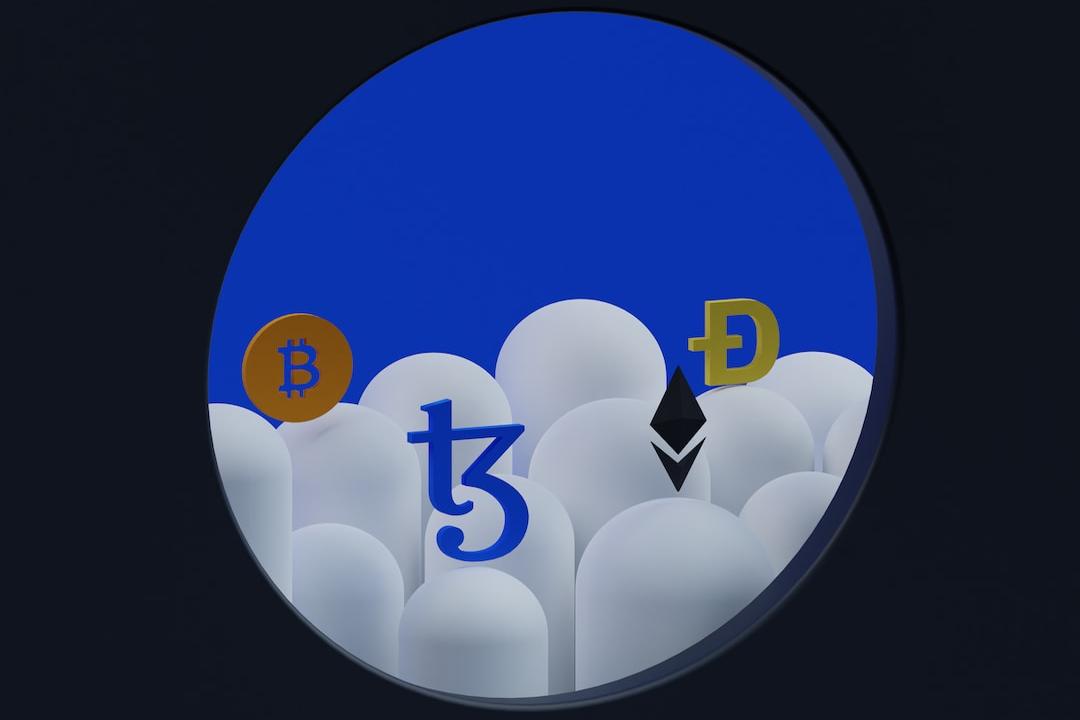Consumer Crypto
Author: Nick Tomaino, Founder of 1confirmation
In the next decade, the most firm belief I have is that crypto applications will permeate various aspects of culture. The past decade has focused on deep technology and finance, but in the next ten years, we will see consumer crypto applications collide with different fields such as news, politics, sports, health/fitness, music, live streaming, podcasts, and more. These applications will become some of the most useful and valuable applications in history.
This may seem like a viewpoint contradictory to mainstream investors, who continue to pour huge amounts of capital into zero-sum products lacking innovation. While the community platforms discuss scalable L1s and yield-bearing stablecoins, developers are quietly working on products that can inspire new consumer behavior, which will help us reach over 1 billion users as soon as possible and bring benefits to the world.
In the past decade, I have learned a lot from many early consumer applications that successfully connected crypto and culture and attracted new users (such as Coinbase, Opensea, Polymarket, dYdX, etc.). If you are considering the next generation of top consumer crypto applications, here are four lessons that may be useful:
Mass adoption will not happen immediately, so focus on something you believe in, beyond money, and persevere for many years. Polymarket has been considered a failure multiple times, but founder Shayne Coplan and his team still believe in the belief that prediction markets can “bring more truth to the world”. They have encountered many obstacles along the way, which would have made most people give up, but their firm belief in something non-obvious and deeper than money has helped them survive. Polymarket’s trading volume exceeded $423 million in 2024 and now plays an important role in the 2024 US presidential election. Belief and persistence will always be rewarded.
The intersection between purists and tourists is crucial. Coinbase has cleverly positioned itself at the intersection of purists and tourists over the past decade. If a product is too pure, it will remain niche and never break through. There may be a small group of people immersed in historical knowledge, appreciating subtle differences and loving it, but building for purists will limit your market size. If a product caters too much to tourists, people may like it temporarily but will eventually leave. Here today, gone tomorrow. In 2012, Brian Armstrong (Coinbase founder) made an early product design decision to provide custodial wallet services to users, as he believed that non-custodial wallets would not contribute to massive market growth. Thanks to this decision, Coinbase is now a publicly traded company valued at over $50 billion.
Deeply understand the users and the culture of your market. When Opensea was launched in 2018, other NFT markets raised more funds and involved more prominent investors. Opensea emerged victorious because founders Devin Finzer and Alex Atallah didn’t care about false reputation or creating false narratives around the company; they simply focused on building a useful product. They spoke with every NFT creator, attended every NFT event, and understood the culture better than their competitors. Don’t worry about surface narratives, dig deeper, and you will endure longer than those who play perception games.
Block out existing tribal noise and create your own tribe. Truly useful applications do not need to choose and please any existing tribe; they can create their own tribe. dYdX has shown the way in this regard. Founder Antonio Juliano and his team started in the Ethereum ecosystem, then launched a Layer-2 supported by Starkex (StarkWare’s Layer-2 scaling engine), and then launched the dYdX chain supported by Cosmos SDK. This may become more common in the future. Once you prove the utility of the application, you can fully go independent and launch your own chain, instead of giving up a lot of control and value to existing chains.
Consumer crypto in the past decade has been interesting, but the next decade will be even more interesting, at least in my opinion. Thank you for reading.

